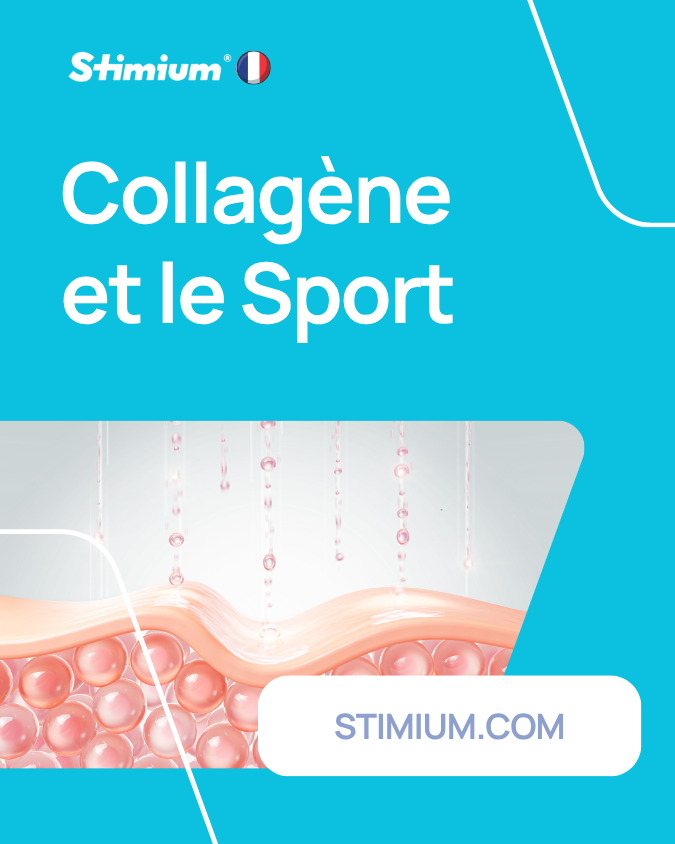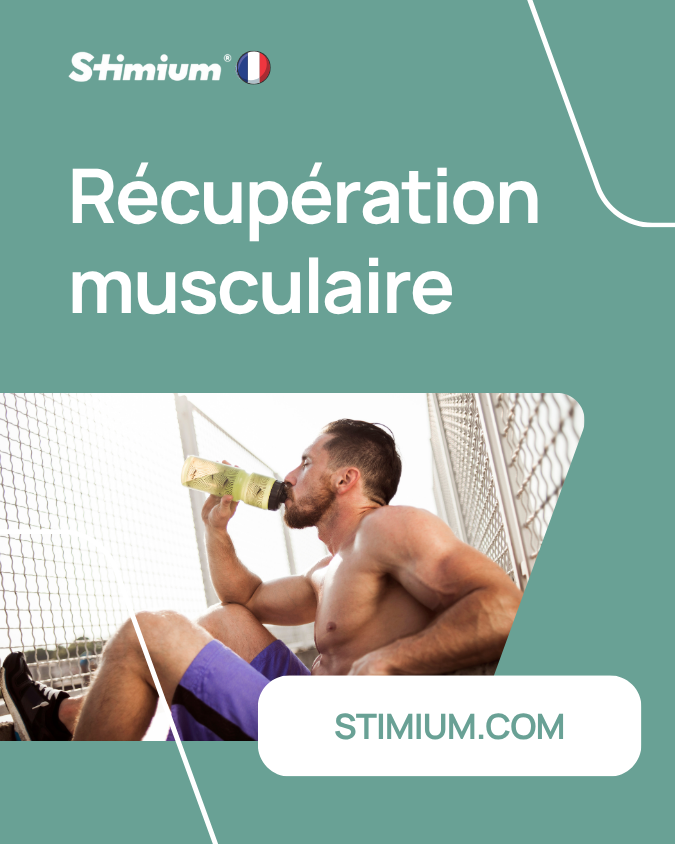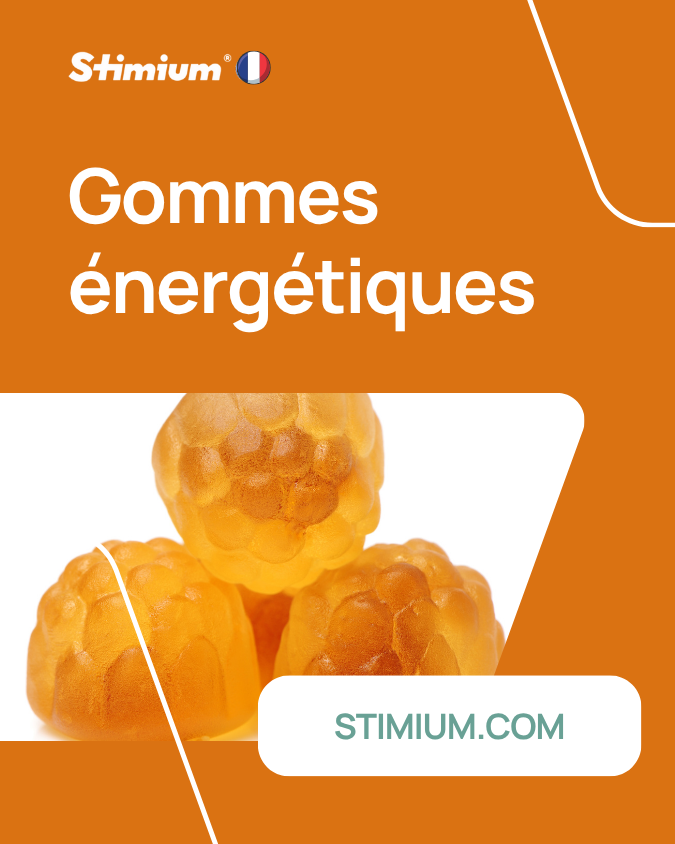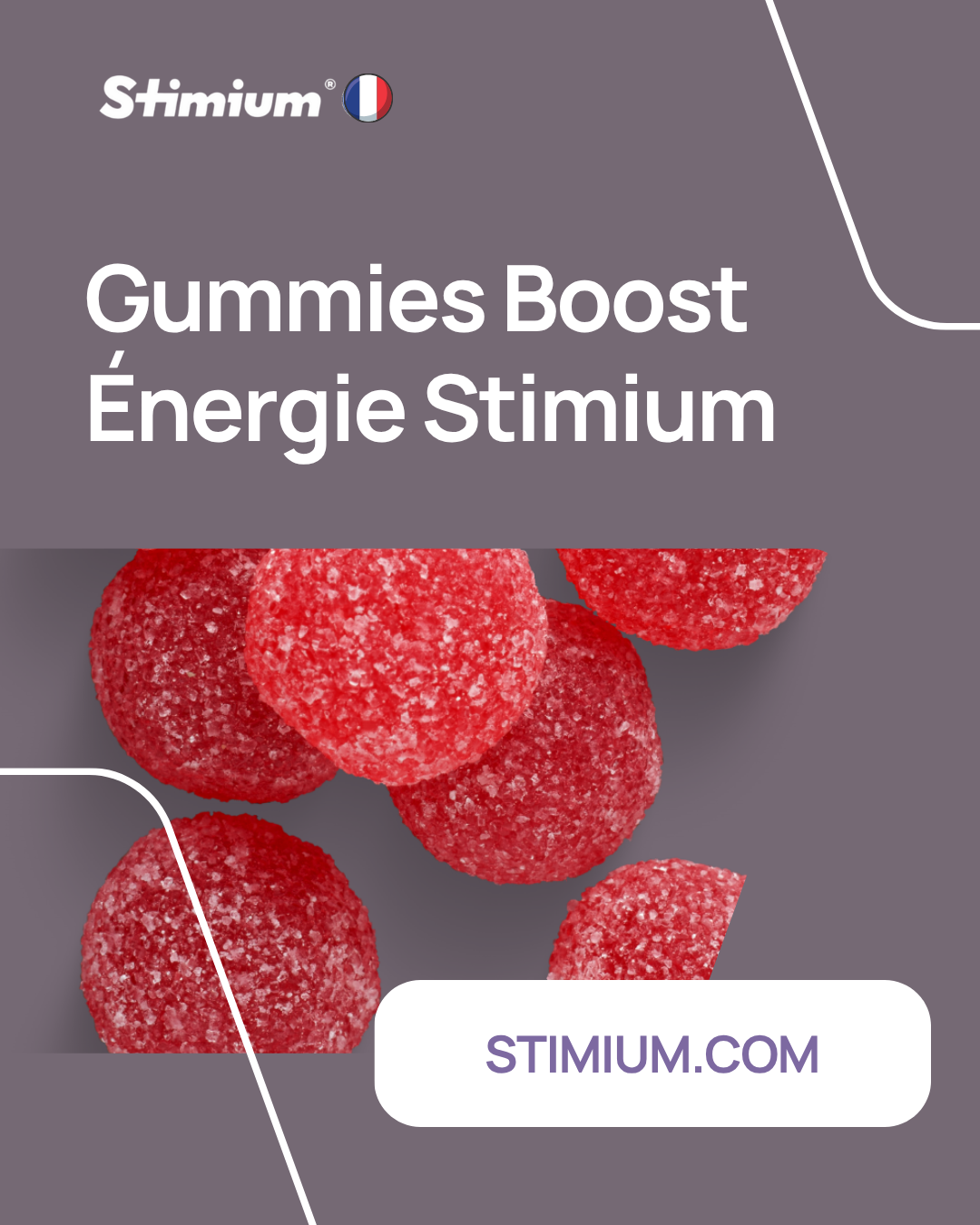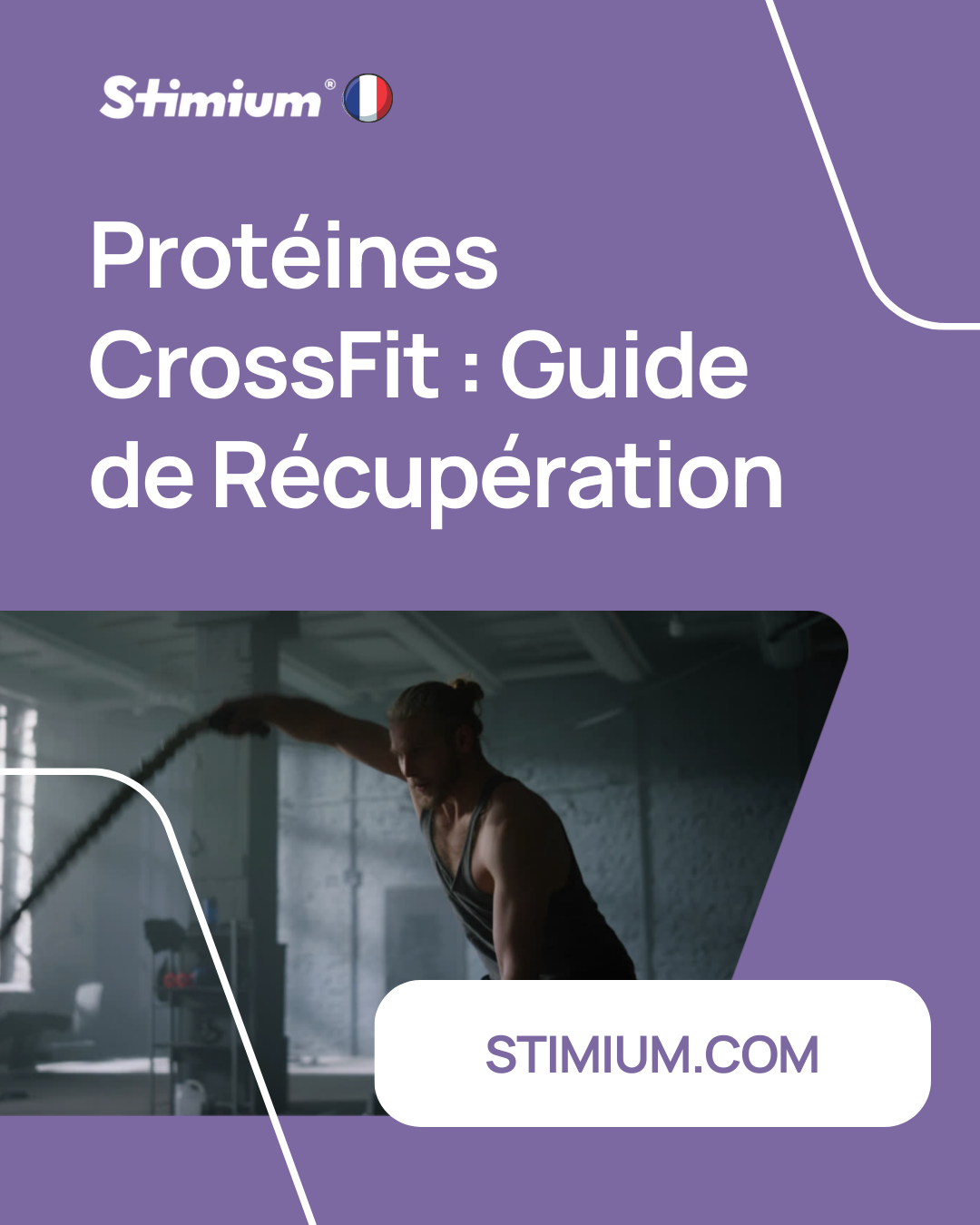The Powers of Altitude Training
Very popular with high-level athletes, altitude training is becoming more and more popular . An interest that was born in 1968, during the Olympic Games in Mexico. This competition perched at 2,250 meters was notably marked by poor performances during the endurance events while at the same time we witnessed world records in the sprint and long jump. Since then, the impact of altitude on sports performance has been widely discussed among scientists. To date, neither the existing literature nor the various scientific experiments carried out allow us to decide.
Despite everything, certain effects on the body are undeniable. The higher you go, the more oxygen becomes scarce, resulting in a drop in the oxygenation of the lungs and then the blood. And to compensate for this hypoxia, the body develops several processes in order to adapt to the new conditions it must endure. 1
An increase in red blood cell count
The reduction in oxygen levels will lead to the secretion of a hormone well known in the sporting world: erythropoietin or EPO. EPO will stimulate the production by the bone marrow of a greater quantity of red blood cells, in order to compensate for the lack of O2 supplied to the tissues . And it is precisely this effect that is sought by athletes, in order to be able to provide more oxygen to the muscles when the body descends to the usual altitude. 2 In addition, although the EPO hormone is present in the body, the proportions are well below those of doped runners.
At altitude, biological adaptation does not necessarily occur immediately 2 . You would have to wait at least a week to see an effective increase in the number of red blood cells in the blood. But the process begins instantly in other forms. HAS a certain height, you naturally breathe faster and your heart rate increases. Hyperventilation which increases oxygen intake. The respiratory muscles are then more efficient. 2 It is for endurance sports that work at altitude is particularly attractive, even if several studies also demonstrate the benefits of hypoxia for gaining muscle mass or improving performance in disciplines that rely on speed 2 .
Training at altitude: a practice to moderate
Specialists agree that spending at least two weeks at altitude would be sufficient to observe significant results. Beyond this duration, only high-level athletes and/or regulars will benefit from it and will be able to benefit from an improved overall performance. The recommended time at altitude depends not only on the level but also on the physical properties of each person. Some people resist the effects of altitude more or less well and not everyone acclimatizes in the same way. Still others may be more enduring. Generally, a short week's acclimatization at altitude is recommended. Obviously, the more the athlete is accustomed to altitude, the more this phase will be reduced but never eliminated.
On site, the lack of oxygen makes the session more difficult. You will therefore have to invest even more than usual in order to carry out the exercise correctly. And if the effort required is greater, there is no need to increase the intensity or the mileage. A good compromise for taking care of your joints! So you can't train at altitude like you do on the plains . Climatic conditions are also elements to take into account. So don't hesitate to modify your session if rain or wind is forecast.
Trying at all costs to train on the highest peak is also a mistake. From a certain altitude, it is no longer possible to follow a preparation. If, below 1000m, the effects of altitude are negligible, too high altitude can cause rather detrimental side effects 3 .
And although it has proven itself for certain athletes, altitude training is not the miracle method for becoming efficient every time. It is important to monitor your iron levels – people suffering from iron deficiency do not benefit from training at altitude – and to always rely on the advice of your doctor.
In addition to the benefits of altitude, and/or in addition to your training between 1000 and 3000 meters, several products from the Stimium range will have an interest in improving your performance, in particular by facilitating the oxygenation of your muscles:
- Stimium GABA , which will notably allow an increase in cardiac output,
- Stimium GINGKO , which in addition to improving circulatory functions, stimulates sports performance, via an increase in blood flow allowing an increase in nitric oxide (NO) concentrations,
- Stimium KG , which in addition to its properties on the protection of the immune system, will increase the production of nitrogen monoxide (nitric oxide - NO)
- Stimium Pwr Creatine and Power Creatine Tabs , which increase the production of ATP (adenosine triphosphate).
-
Stimium® Pro-Nrj Caps , which increases oxygen transport to the muscles
-
Stimium® Mc3 or Stimium® Mc3 powder for the production of NO and ATP allowing increased oxygenation of the muscles.
In the end, indeed, the benefits of training at altitude seem real. Font Romeu in France is the benchmark for many French and international athletes all year round. More and more middle-distance runners, including Europeans, go to train in the highlands of Kenya (highlands Kenya training camp). ) The secrets of training at altitude have not yet been completely discovered, but today there is a consensus around the benefits of training for 10 to 30 days between 1200 and 2500 meters. And incidentally, training in the mountains is just magnificent, whether you are a runner, trail runner or cyclist for example! Afterwards, if we are really too far from mountains higher than 1000/1500 meters, it is now possible to do training at simulated altitude, that is to say high training training in hypoxia. Here again, whatever the desired objective, for example strengthening endurance capacities, development of explosiveness, muscular strength, you must follow a protocol of 6-8 weeks on average with 2 courses per week, generally in collaboration with the physical trainers from the High Train center.
1 https://www.lamedecinedusport.com/dossiers/entrainement-en-hypoxie-le-point-sur-la-methode-vivre-en-haute-altitude-sentrainer-en-basse-altitude-partie-1-les -physiological-adaptations-to-hypoxia / (Sports Medicine File, 11/25/2013)
2 http://franceolympique.com/files/File/actions/sante/colloques/14eme/Interet_de_l_entrainement_en_altitude.pdf (Publication by Professor Charles-Yannick GUEZENNEC, 14th National Conference on the Fight and Prevention of Doping, 14-15/03/ 2014)
3 https://www.uphillathlete.com/wp-content/uploads/2018/02/Intermittent-Hypoxic-Training-Fact-and-Fancy.pdf (Intermittent Hypoxic Training: Fact and Fancy – Publication by Benjamin D. Levine, 02/11/2002
